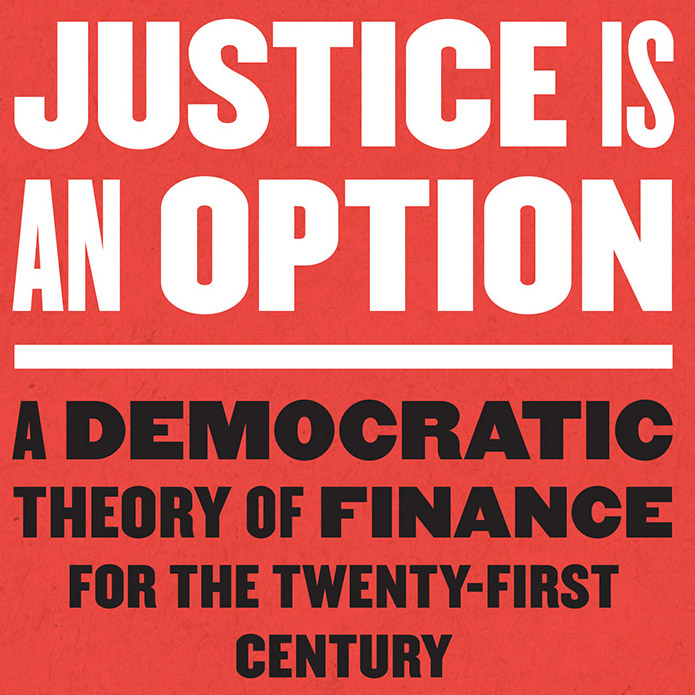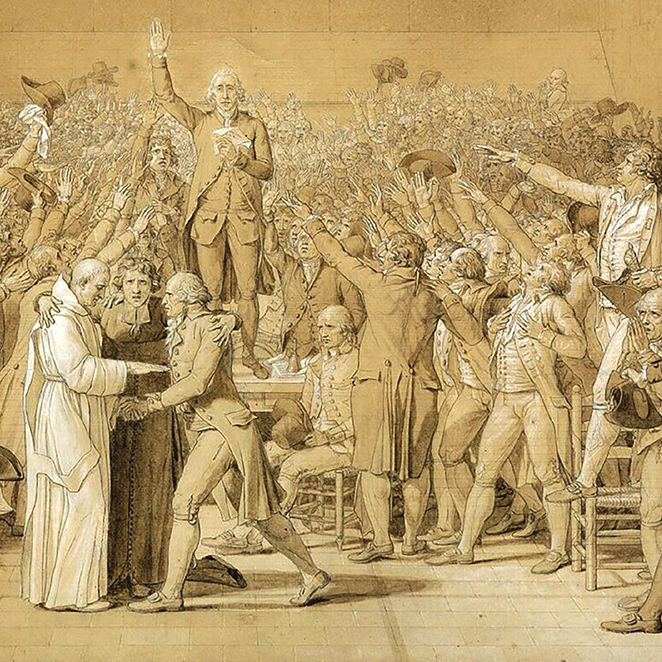Capital and Democracy in an Age of Finance

What is the connection between capital accumulation and democracy in an era when creating financial assets has been decoupled from producing goods and services? Democracy can pose a threat to capital accumulation when an accelerated rise in asset values deepens historical inequality; financial markets can pre-empt such threats by becoming suddenly illiquid (“seizing up”), thereby bringing on an event of disaccumulation (declining asset values) unless/until restoring the confidence that capital markets have in their own continuing appreciation becomes the highest political priority of the state. During the Great Recession, for example, government support of capital market liquidity became indistinguishable from backing the prior valuations of credit-based assets thereby compounding historical injustice. This reflected a 30-years consensus in which capital markets were allowed to grow through asset appreciation without a corresponding growth in produced goods and services that could not occur without cycles of inflation in prices and wages that had now been “tamed.” Did this consensus reflect a political compromise (“neoliberalism” is what allows wealth disparities to grow as long as consumer prices are stable) or a theoretical advance ( “financialization” is what allows asset appreciation to be noninflationary)?
My course examines what it means–both politically and theoretically–for this consensus to break down. It begins by critically examining recent arguments that, if only we preferred consumer price inflation and asset price stagnation to its opposite (if only on egalitarian grounds), we could return to the pre-1970s Fordist/Keynesian model that allowed us to fund WWII and could now finance a “war” on climate change. But is the objection to finance only that it no longer needs to fund production for accumulation to occur? What about the massive problems–ecological, cultural, political, and social–occurring when it did? Drawing on Marx (relative surplus value) and Keynes (own-rates of interest) we will consider the joint role that assetization and commodification have always played in capitalism, and how the ability to monetize something by borrowing against it connects to monetizing it by selling it–how the historical question of capital itself is about the degree to which commodity markets can be endogenously funded through the mechanism of asset accumulation. We will then consider the difference made by capitalist financialization–the ability to price and trade liquidity itself, and to collect what is in effect a new class premium (over above expected profits) by short-selling options that hedge against the fear of illiquidity that capitalism creates. The majority of course readings will focus on how this difference is reflected at the levels of cultural media, social inequality, law/regulation, ecology, and even in the financial options that are now embedded in commodities themselves. We will conclude with reflections on Green financing, social justice, alternative monetary platforms, and the markets in collateralized credit.
This is a graduate seminar open to third- and fourth-year undergraduates with instructor’s permission.
PLSC 40010 | CCCT 40010



